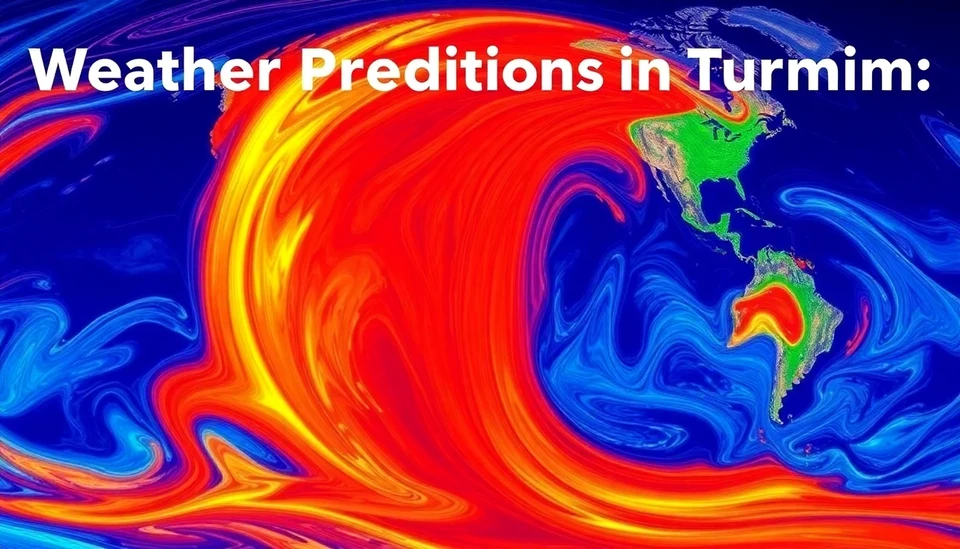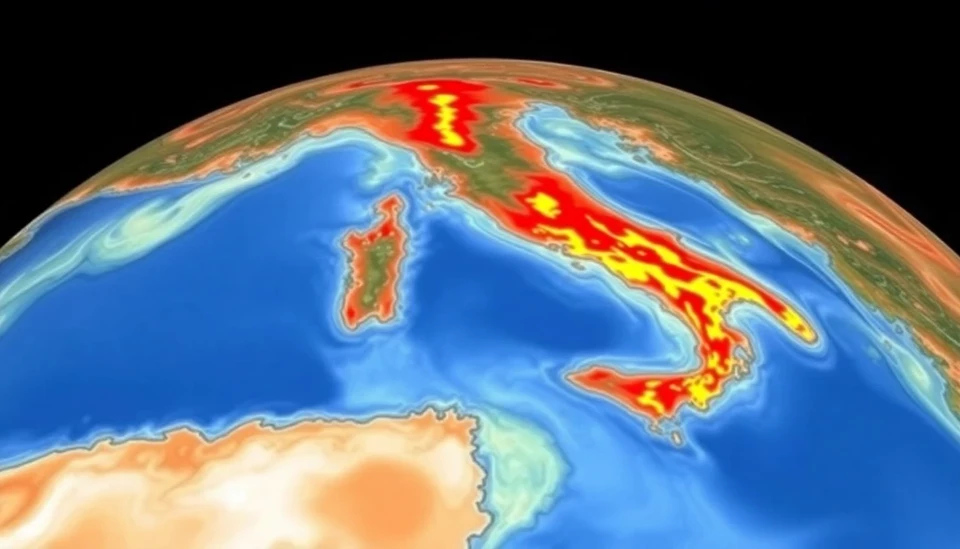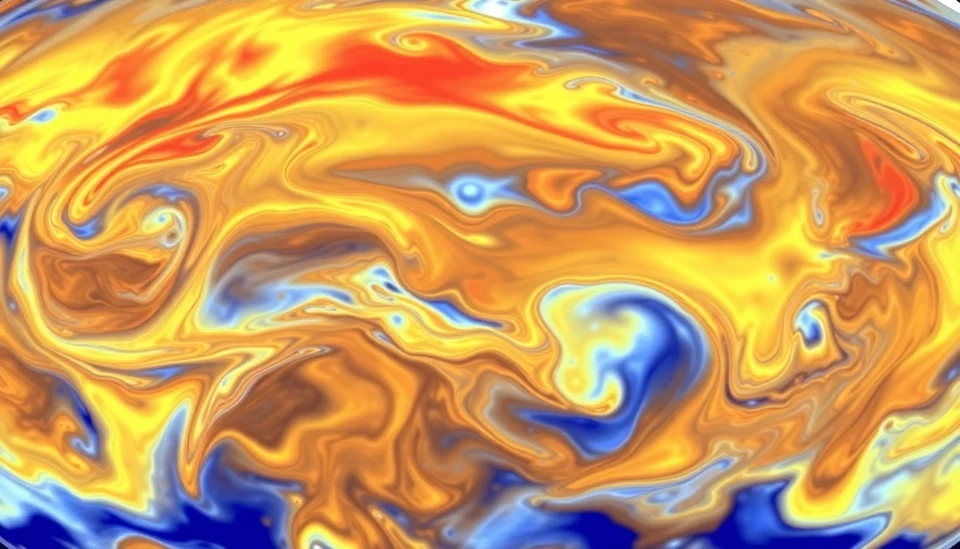
The Impending Storm: How La Niña's Departure Could Drive a New Era of Intense Atlantic Hurricanes
As meteorological patterns shift, experts are warning that the end of the La Niña phenomena could set the stage for an unusually active Atlantic hurricane season in 2025. La Niña, characterized by the cooling of ocean surface temperatures in the central and eastern tropical Pacific, typically suppresses hurricane development in the Atlantic. However, as this climatic event fades, the oceanic and atmospheric conditions are primed for a potential surge in tropical cyclones.
Continue reading
Weather Predictions in Turmoil: The Ongoing Challenges of El Niño and La Niña Forecasting
In recent months, meteorological agencies around the globe have found themselves grappling with the complexities of predicting weather patterns, particularly in relation to the pervasive phenomena of El Niño and La Niña. Historically, these climate patterns have significant impacts on global weather systems, but recent forecasts have presented unexpected challenges that leave scientists and industries vulnerable to uncertainty.
Continue reading
Record-Breaking January Heat Stuns Scientists Amid La Niña Conditions
In a startling turn of climatic events, January 2025 has been marked as the hottest January on record globally, defying expectations of cooling associated with La Niña conditions. This unusual weather phenomenon has led climate scientists to express growing concerns about the implications for weather patterns and global temperature trends moving forward.
Continue reading
La Niña's Return: A Significant Shift in Global Weather Patterns
In a striking development, meteorologists have confirmed the re-emergence of La Niña in the Pacific Ocean, a phenomenon that is poised to have widespread implications for weather patterns around the globe. This climatic event is characterized by cooler-than-average sea surface temperatures in the central and eastern Pacific, and it occurs every few years, often leading to disruptive weather changes.
Continue reading
Europe Prepares for Bitter Cold as La Niña Triggers Polar Vortex Concerns
As winter approaches, Europe is on high alert for a significant drop in temperatures, driven in part by the climatic conditions associated with La Niña. Meteorologists warn that this year’s La Niña phenomenon could lead to more frequent and intense polar vortex events, which might result in frigid air plunging into various parts of the continent.
Continue reading
Europe Set for Colder Winter Than Last Year as La Niña Arrives
As winter sets in progressively across the continent, forecasters are predicting a cold winter this time around, due largely to the arrival of La Niña. La Niña is a climatic phenomenon marked by cooler-than-average sea surface temperatures in the central and eastern tropical Pacific Ocean and as such she is destined to impact the weather conditions all over the continent.
Continue reading